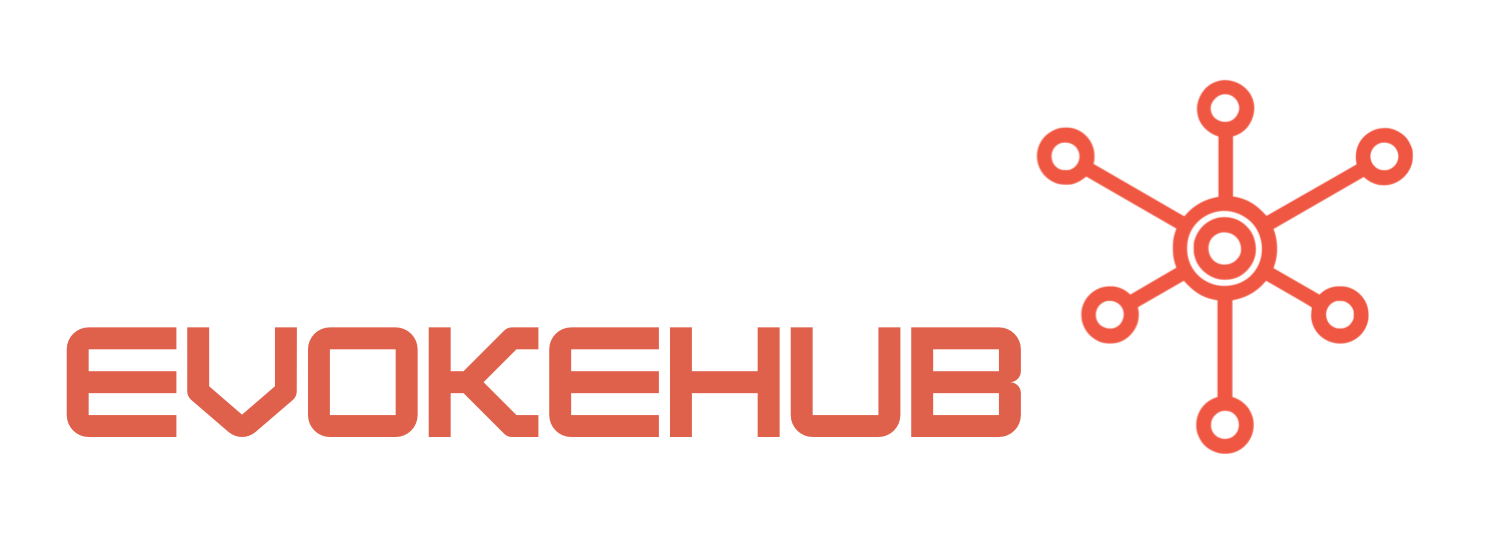Understanding the Core Features of LlamaIndex and LangChain
LlamaIndex is designed to be a versatile data indexing framework that simplifies the way AI applications interact with large datasets. Its primary focus is on enabling developers to create custom data structures that can efficiently retrieve and process information. One of its standout features is its ability to integrate seamlessly with various data sources, including APIs, databases, and even unstructured data formats. This flexibility allows developers to craft tailored solutions that optimize data retrieval based on the specific needs of their applications.
On the other hand, LangChain is more focused on enabling language model operations through a modular framework. It provides a suite of tools that facilitate the development of applications leveraging various language models like OpenAI’s GPT. LangChain’s core features include prompt management, chaining of calls to language models, and an extensive library of components that can be easily integrated to enhance model performance. This versatility makes LangChain particularly suited for applications that require sophisticated NLP capabilities and natural language understanding.
Both frameworks place a strong emphasis on extensibility and community support. LlamaIndex boasts a rich ecosystem of plugins that can be added to enhance its core functionalities, thereby expanding its capabilities without necessitating significant changes to existing code. Similarly, LangChain encourages collaboration through its open-source model, making it easy for developers to share components and improve the framework collectively. This collaborative spirit is crucial for fostering innovation in AI application development.
Key Differences Between LlamaIndex and LangChain for Developers
When it comes to choosing between LlamaIndex and LangChain, one of the most notable differences lies in their target use cases. LlamaIndex is particularly advantageous for projects that require efficient data storage and retrieval systems, offering developers the ability to construct dynamic indexing structures tailored to specific datasets. This makes it an excellent choice for applications that depend on quick access to large volumes of information, such as knowledge bases or search engines.
In contrast, LangChain shines in scenarios demanding advanced interactions with language models. Its modular architecture allows for complex workflows, where multiple language model interactions can be chained together. This capability is particularly useful for applications involving conversational agents, chatbots, or any system requiring nuanced understanding and generation of human-like text. Developers aiming for sophisticated NLP functionalities will find LangChain’s features indispensable for creating engaging user experiences.
Another critical difference is their performance optimization strategies. LlamaIndex emphasizes low-latency data retrieval, ensuring that applications remain responsive even with substantial datasets. It achieves this through effective caching mechanisms and data structures designed for speed. Conversely, LangChain focuses on optimizing the interaction with language models, ensuring that prompt engineering and model chaining are executed efficiently. Understanding these performance characteristics is vital for developers as they align their project requirements with the capabilities of each framework.
In conclusion, both LlamaIndex and LangChain offer unique features that cater to different aspects of AI application development. While LlamaIndex excels in managing and retrieving large datasets, making it ideal for searchable applications, LangChain provides the tools necessary for developing sophisticated natural language interfaces. Ultimately, the choice between these two frameworks should be guided by the specific needs and objectives of the project at hand. By understanding the core features and differences, developers can make informed decisions that enhance their ability to create impactful AI solutions. For further exploration, resources such as LlamaIndex Documentation and LangChain Documentation can provide additional insights.




